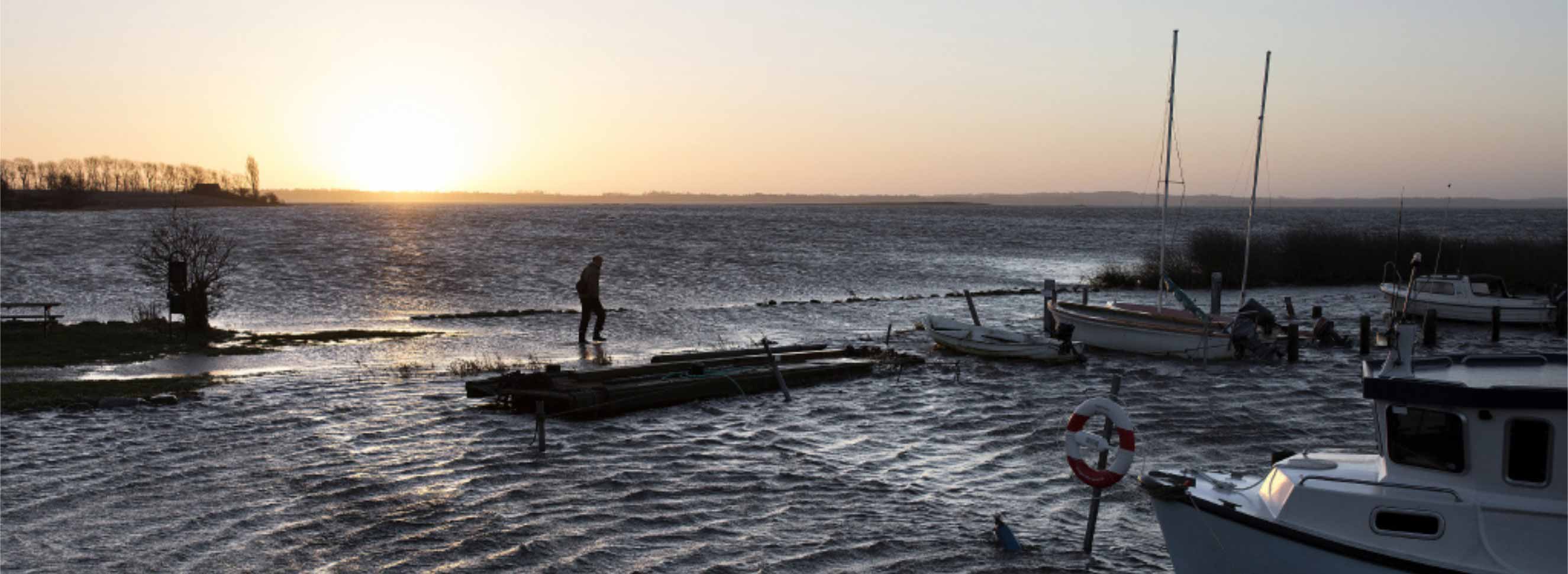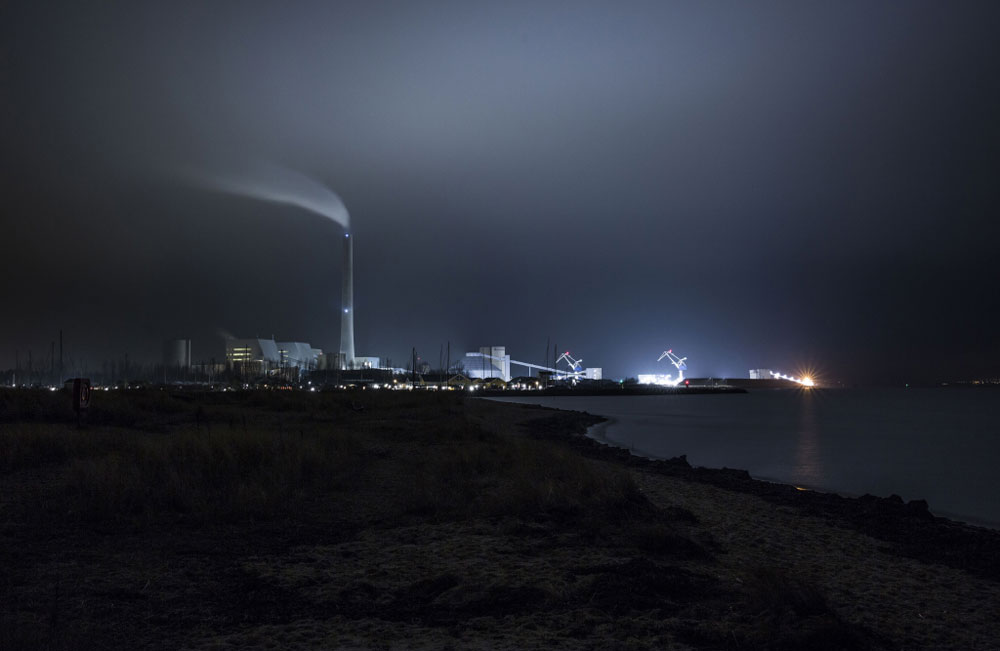
The photo essay on the following pages turns its focus on wind energy and reflects on its enormous power for helping us keep the planet fit and healthy for coming generations.
When the sun set on Friday, January 20, the world had changed. Its most powerful person was now a man who does not believe that climate change is caused by human activity and has publicly stated that global warming is a hoax. Climate researchers and campaigners ended the day in shock and as darkness fell, further development of renewable energy, wind power included, felt nowhere near as secure as it had been.
The photo essay on the following pages turns its focus on wind energy and reflects on its enormous power for helping us keep the planet fit and healthy for coming generations.

Plastic Bag

Lifted effortlessly into the air, a plastic bag swirls above a basketball court in central Copenhagen. The wind energy keeping it aloft is roughly half to that used by an iPhone on standby.
Our plastic bag has a mass m 0.01kg and has a vertically projected area of
25cm25cm = 1/16m2
The gravitational force the wind must overcome to keep the bag in the air is
F = g*m = 9.82* 0.01 ≈0.1 [N]
We assume the bag is round and its drag coefficient Cd is about 0.5.
Apply the calculation for drag to find the wind speed (in metres per second) in a vertical direction needed to keep the plastic bag in the air
0.1 = ½*1*u^2*0.5*1/16
u = 2.5 m/s
The required updraft in the wind to keep the bag in the air is about 2.5 m/s.
In terms of energy that is equivalent to a power of
F*u = 0.1[N] * 2.5 [m/s] = 0.25 Watt.
An iPhone 6 on stand-by uses about 0.6 Watt
Tree

In the lull after Storm Urd, which raged over Denmark on December 26, 2016, twilight descends over a tree blown over by the high winds. Already its branches are becoming partially trapped in the still frozen waters of Utterslev Marsh. The energy in the wind which felled the tree could keep a Tesla S running for 42 hours at 100 kph.
Presuming that the surface area of the tree is similar to that of the rotor swept area A [m2]of a medium scale wind turbine, the tree would absorb energy [Watt] at a rate equal to:
P = Cp* ½ rho*U^3*A
0.5*0.5*1*20^3*20*20
= 1/4*20^5
800 kW
During the storm, the strongest gust was measured at 37.8 m/s (84.5 mph). Had the tree fallen in winds of 21 m/s while standing for one hour, the average energy absorbed would have equalled 1 MWh.
A Tesla S at one tenth of its maximum capacity of 236 kW (1000kW/23.6kW) would keep moving for 42 hours.
Flooding

The sun rises over a changed landscape. A tidal surge caused by the previous night’s storm leaves rows of small boats tied to invisible underwater jetties in Ise Fjord. Together with neighbouring Roskilde Fjord it makes up the largest fjord system on Denmark’s main island of Zealand. The force of the storm, equivalent to about fourteen hours energy consumption in the city of Aarhus, raised the fjord’s water level to 1.59 metres above normal.
Ise Fjord is nearly 50 kilometres long and has a total area of about 450 square kilometres.
E= m g H [Joule] Pr m2: 100 dm * 15.9 dm *1*9.82 m/s^2*1.59 m = 24,826 Joule/m2
450 km2 = 450 e6 m2
E pot =11.2 TJ = 11.2 e3 G Joule
A Dane uses just 6,122 kWh a year. With a year made up of 8760 hours, that is just under 1 kW of power per citizen
6122 kWh/8760 hours = 700 Watt
Denmark’s second largest city, Aarhus, with a population of nearly 320,000 therefore uses on average 700 W *319 680 people = 223 MW. One hour’s consumption of electricity in Aarhus corresponds to
223 MW * 3600 [s] = 0.806 TJ
The energy behind the rise of the water level in Ise Fjord could keep Aarhus supplied with energy for
11.2 TJ/0.806 TJ = 14 hours
Calculations by Torben Krogh Mikkelsen



